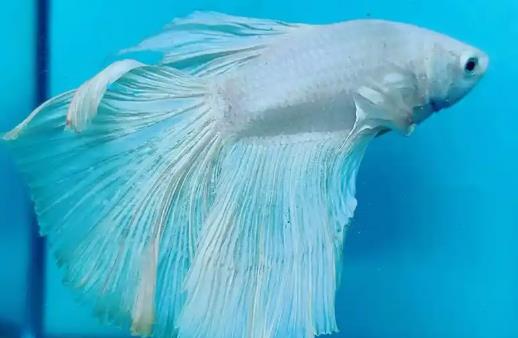Whether two betta fish can live together depends on factors such as gender, breeding environment, and quantity. Here are the key conclusions and suggestions:

I. Basic Principles for Mixed Breeding
- Heterosexual Co - breeding (One Male and One Female)
Only temporarily share a tank during the breeding period. Separate them immediately after successful breeding, as the male may attack the female.
For long - term co - breeding, ensure the female is similar in size to the male to avoid fights.
- Same - sex Co - breeding (Especially Males)
Prohibit two males in the same tank: Male bettas have extremely strong territorial awareness and will fight until severe injury or death.
Female group breeding: Keeping multiple females (recommended 10 or more) in a large space can reduce conflict probability, but monitor them initially.
II. Conditions for Successful Co - Breeding
Oversized fish tank: At least an 80×40×40cm rectangular tank to ensure each fish has independent activity space.
Adequate shelters: Plants, ceramic caves, etc., provide hiding spots to reduce direct confrontations.
High - density group breeding: When mixing 10 - 20 bettas, (disperse attack targets) to lower the probability of one - on - one fights.
III. Risk Warnings
The most dangerous scenario: Two bettas alone in any tank are highly prone to deadly fights, regardless of gender, in confined spaces.
Mixing with other fish: Only compatible with mild small species (e.g., tetras, moonfish), and close observation is a must.
IV. Alternative Solutions
Isolated breeding: Use acrylic dividers to separate the tank, combining aesthetics and safety.
Temporary breeding tanks: Follow specific procedures (e.g., initial tank - facing observation) and separate parents promptly after breeding.
In summary, long - term co - housing of two bettas poses extremely high risks. Strictly meet the above conditions or opt for isolated breeding.
